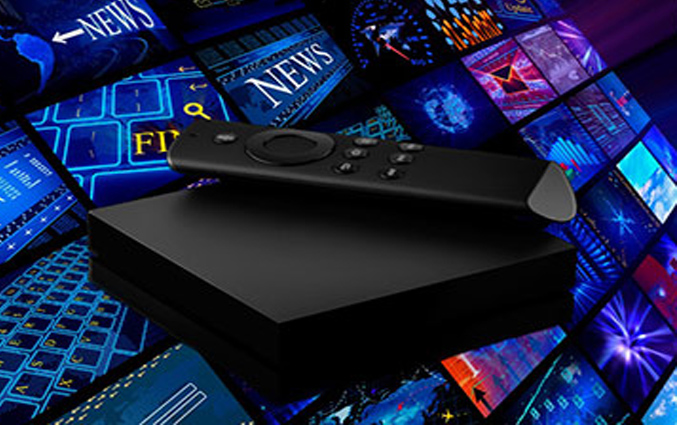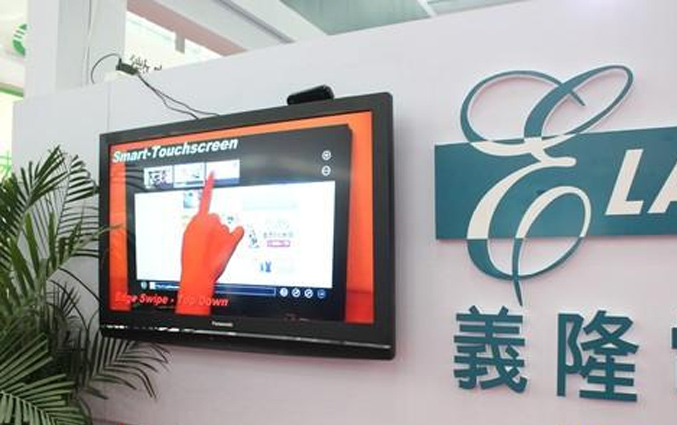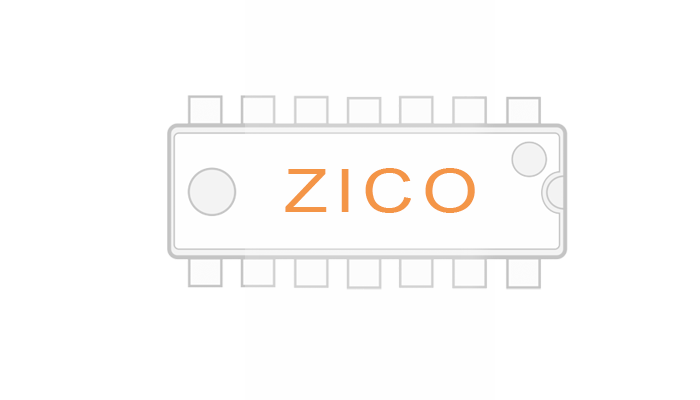What are the differences between touch MCU and touch IC, and what are the differences
When recommending touch MCUs to customers, there are often feedbacks like this: We have used touch ICs, which are easy to use. So, which is the right choice for touch MCU or touch IC? From their own functional characteristics alone, it is impossible to say which is better. It can only be said that some applications are more suitable for using touch IC, and some applications are more suitable for using touch MCU.
1 The workload and difficulty of debugging when creating a touch application for the first time
Compare the difference between the two from the workload and debugging difficulty of first creating a touch application. Use the schematic diagram of the software and hardware components in the touch IC and touch MCU application scheme, as shown in Figure 1.
Touch MCU-1.jpg
In the application scheme using the touch IC, the data exchange between the master MCU and the touch IC is usually realized through a serial interface (for example, I2C, SPI). Therefore, users need to develop corresponding communication programs to perform data exchange. Whether it is using the hardware serial interface of the master MCU or using software to simulate the serial protocol to realize data transmission, it increases the load of software development. Especially in the early stage of debugging, if the main control MCU cannot correctly detect the touch action, it is necessary to determine whether the source of the fault is an abnormal touch IC, or an abnormal communication program, or an error in the main control MCU side detection program. Therefore, the difficulty of software debugging is greatly increased. With the Rx130 application solution, users only need to integrate the touch program generated by the development tool Workbench into the software project of the application solution. Rx130 simply calls the touch API interface function and reads the flag in the MCU RAM to complete the judgment of whether touch is present or not. In addition, the touch program generated by Workbench is usually generated based on the user's target circuit board and completed the preliminary Tuning. Therefore, its correctness is beyond doubt. Even if a failure occurs during the debugging of the whole machine, only the main control program needs to be checked and modified, which reduces the content of debugging and facilitates the location of the fault source and troubleshooting during the debugging process.
2 Refinement of touch parameters
From the perspective of refinement of touch parameters (for example, sensitivity), compare the differences between the two. The touch IC usually has built-in default parameters. If the detection program and communication program of the master MCU are correct, then after the MCU and the touch IC are connected, it can be judged whether there is a touch or not. From this point of view, the touch IC has advantages. However, the default parameters are determined, and the user's application scheme is very different. Therefore, in many cases, it is necessary to fine-tune the touch parameters to optimize the touch performance of the application solution. The working environment of optimized touch IC is shown in Figure 2.
As shown in Figure 2, Tuning software uses the serial interface to adjust the touch parameters, and writes the optimized parameters to the touch IC through the serial interface. In order to verify the overall performance of the updated parameters in the application system, it is necessary to connect the main control MCU and the touch IC, and run the control program in the MCU. However, the debugging tool and the master MCU share the serial interface of the touch IC. Therefore, it is necessary to cut off the connection with the debugging tool and switch the serial interface to the master MCU. In other words, when verifying the overall performance of the parameters, the GUI of the debugging tool cannot be used to visually monitor the effects of parameter adjustments.
The environment for adjusting the Rx130 application scheme is shown in Figure 3. Because Rx130 uses the built-in touch module to detect touch actions, the serial interface (for example, UART) used for communication is only used for communication with the debugging tool Workbench. Therefore, even when the Rx130 is running programs and verifying parameters, it can still be Through the serial interface, the touch effect of the current parameter is reflected to the GUI interface of Workbench, so that the user can intuitively observe the effect of the parameter adjustment.
3 Programming cost
From the cost of programming, compare the differences between the two. As shown in Figure 4, if the user does not use the default parameters of the touch IC, but uses the parameters optimized in conjunction with the specific application scheme, then the latest parameters need to be solidified to the touch IC through the programmer. Especially during mass production, the extra cost of programming touch IC is increased. In the Rx130 solution shown on the right, only the application program needs to be programmed into the Rx130.
4 LED driver
From the perspective of LED drive, compare the similarities and differences between the two. Usually, the touch IC has a built-in LED Driver. If the application scheme needs to use LEDs to indicate the presence/absence of touch action, and the structural design of the application product requires the LED to be close to the touch electrode, as shown in Figure 5, it is more convenient to use the touch IC to lay out the PCB.
However, not all application products need to use LEDs to indicate the presence/absence of touch actions, such as a simple touch pad. At this time, using a touch MCU such as Rx130 is a more suitable choice, because there is no need to pay for the hidden costs of using the LED Driver contained in the touch IC. Or in terms of structural design, it is necessary to keep the LED indicating the presence/absence of a touch action away from the touch electrode, then it is also recommended to use a touch MCU, because the touch MCU usually has more pins to choose from, which is convenient for optimizing the PCB layout.
5 Conclusion
This article takes Rx130 touch MCU as an example to briefly analyze the respective advantages of touch MCU and touch IC. When users develop specific application products, whether they choose a touch IC or a touch MCU, not only considers the functional characteristics of the touch product itself, but also integrates the structural design, use environment, touch performance requirements, development/debugging of the comprehensive application product Judgments made by many factors such as cycle and cost.
This article is from page 65 of "Electronic Products World", Issue 5, 2018. You are welcome to quote when writing your paper and indicate the source.
Recommended news

ELAN: Capacitive multi-finger touch technology

Di Guanjie: Breaking through technical barriers and leading the innovation and development of MCU field

IC factory ELAN Group joins hands with NTU AI Center to create intelligent transportation system to enter Southeast Asian countries

NY2 series products are single-chip CMOS music and speech synthesis ICs


